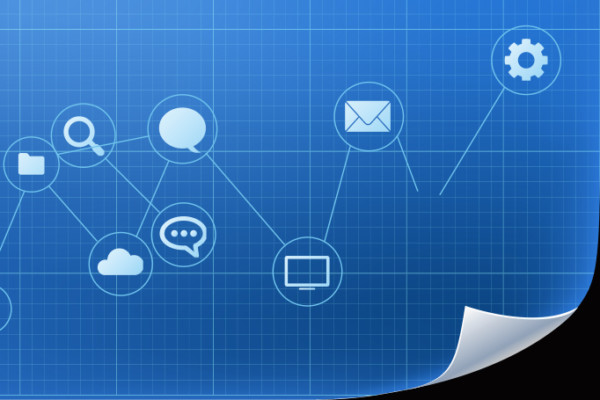Five architectural components to better implement Internet of Things capabilities
Companies are excited by the opportunities around the Internet of Things (IoT), but CIOs are realising IoT is not a one size fits all solution. The integration of IoT technologies varies among companies and industries significantly. Implementing the right IoT solution requires an IoT architect who can be able to employ a ‘solution level’ thinking.
Enterprises will build and adapt their IoT implementations to include a combination of five key architectural components – things, gateways, mobile devices, the cloud and the enterprise.
Things
Things can be dumb or smart on their own and store most of their data on-board. Things can also be self-sufficient and communicate to the Internet for only centralised coordination and analysis.
Gateways
Gateways may house the application logic, store data and communicate with the Internet for the things that are connected to it. Things don’t have to be as smart, because the gateway can provide these resources.
Smartphones
Smartphones (or any mobile device) may house the application logic, store data and communicate with the internet on behalf of things that are connected to it. Things don’t have to be as smart, because the smartphone provides these resources.
The cloud
The cloud can act as the central connection hub, power analytics and provision data storage. Things don’t have to be as smart, because the cloud will provide these resources.
The enterprise
This architectural role is focused on keeping connected machines, application logic, and analytics and data storage on-premise — that is, behind the enterprise firewall.
When considering the IoT, we think of machines, vehicles, buildings and consumer goods, all connected to the cloud. Yet, will this cloud approach be the predominant architecture for the IoT? Will we add sensors and actuators to monitor and control things, and then rely on the cloud to provide computing resources and storage? The answer is not always.
When a fitness wristband, for example, is tethered, much of the ‘smartness’ (the application logic) isn’t fully embedded in the wearable. There is some embedded application logic on the wearable, but most of the real application logic is in the smartphone app. At the same time, some of the applications useful to the owner are in the cloud, so that the user can share fitness metrics results with friends or a healthcare provider.
There is no single application ‘location’ for fitness wearables. The functionality of the wearable is actually distributed – on the wearable itself, in a smartphone app and in the cloud. Similarly, some of the fitness data resides on the wearable itself, but much of it is stored on the smartphone, and some of it is stored in the cloud.
Each IoT architecture will include more than one of the five functional components. For example, an enterprise might favour a smartphone functionally to be most instrumental, but it may still rely significantly on cloud resources. The ultimate goal of modern IoT architectures will be to eliminate the technological segregation created by the cloud, gateways and things and abstract compute, storage, and networking end-to-end.





